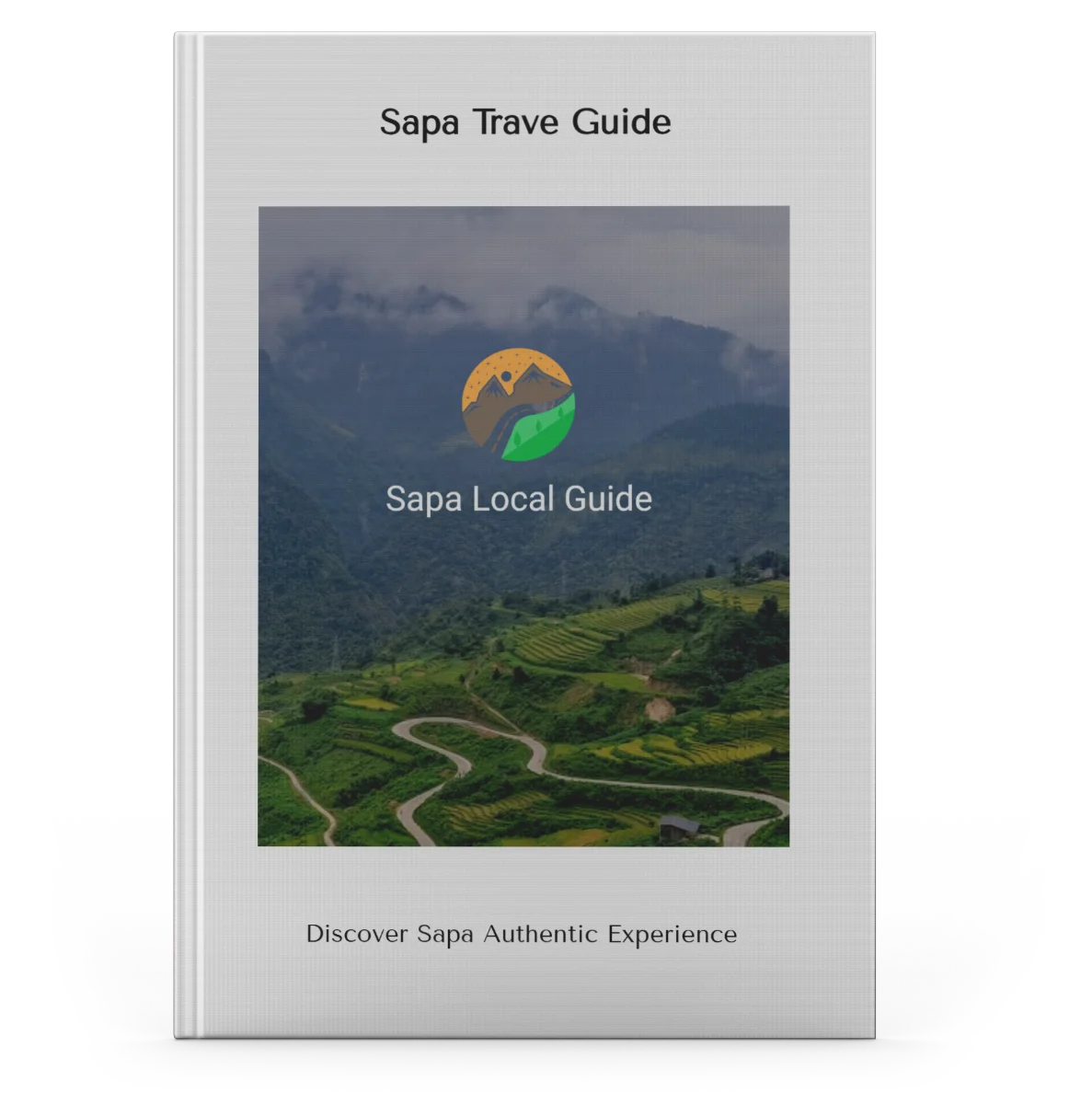![]()
Authentic Experience of Sapa
Discover the enchanting allure of Sapa through local treks, immersing in ethnic cultures, scenic landscapes and 10 tips you need to know on a trekking
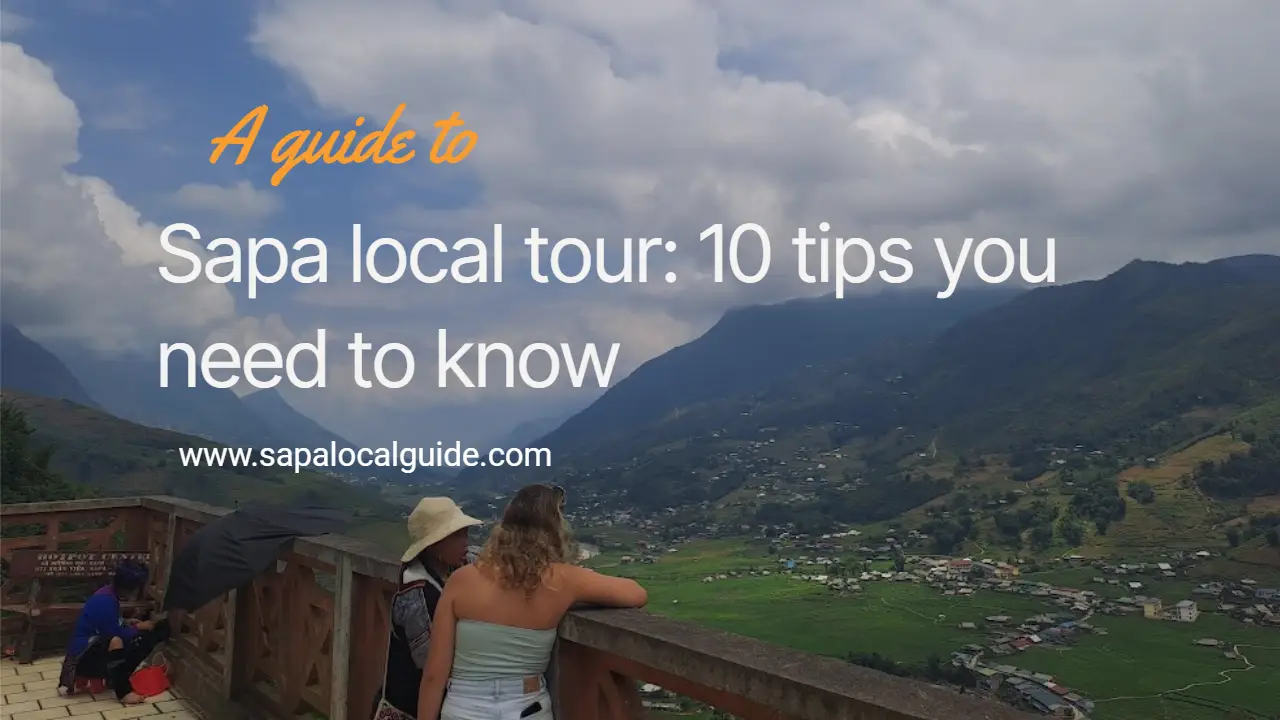
Local Trekking in Sapa, Vietnam is an unforgettable experience. With a local guide, you'll walk through beautiful rice fields, mountains, and forests. You'll also visit villages of local minority groups and enjoy the stunning scenery. This guide will help you choose the perfect trek and get ready for an amazing adventure in Sapa.
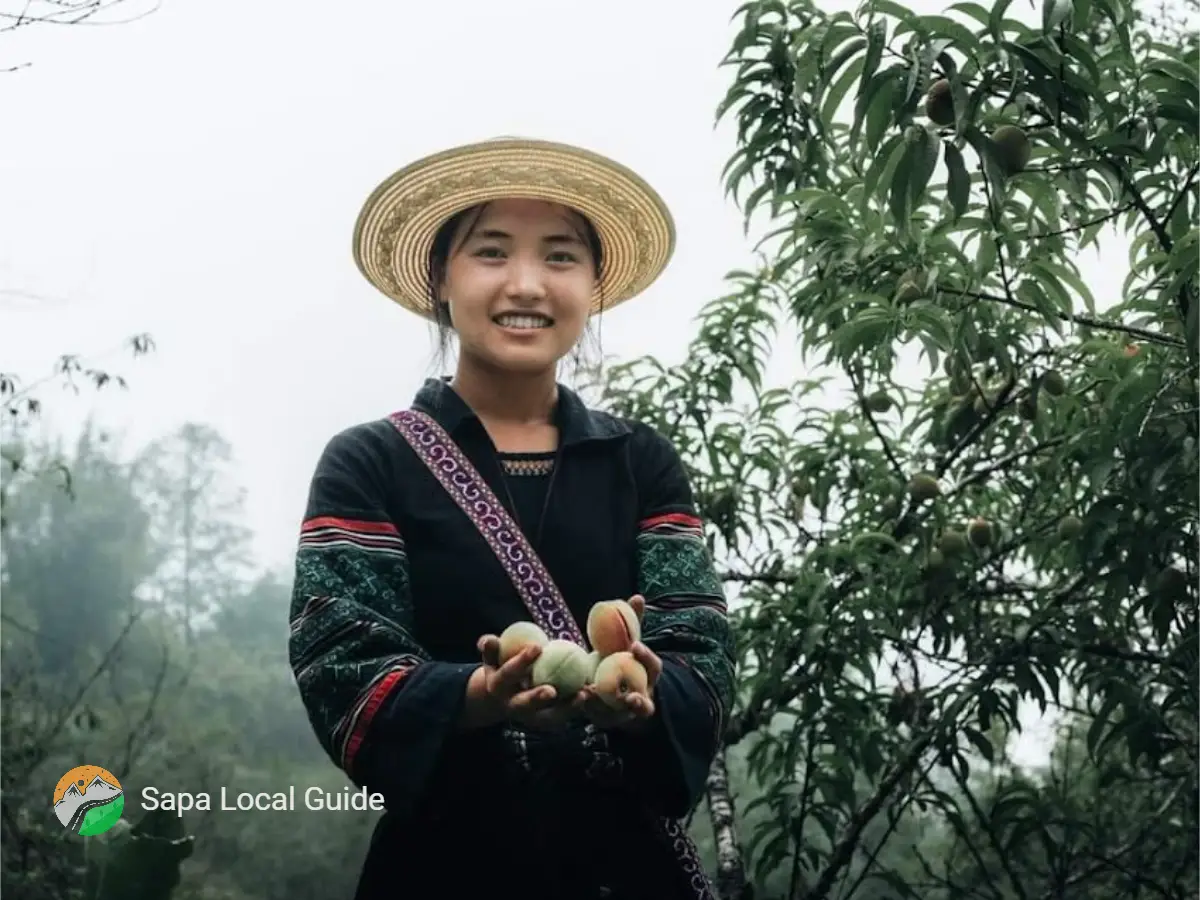
Based on the information above, Sapa is one of the must-visit places in Vietnam. We believe the best way to explore the area around this town is by walking. First, we'll explain some basic tips for trekking in this area: what you can see and how challenging it is.
The Sapa local rice fields are famous and are considered some of the most beautiful in Vietnam, and maybe even in all of Asia. When you go local trekking in Sapa, you walk along paths through the rice fields and see amazing views of the valley. Along the way, you pass through several minority villages that make you feel like you have gone back in time. You can see local people working in the fields and in the villages, dressed in their traditional clothes. You might also see a few water buffaloes that help with farming. Sapa is a wonderful place to take photos and learn more about the culture of these ethnic minority groups.
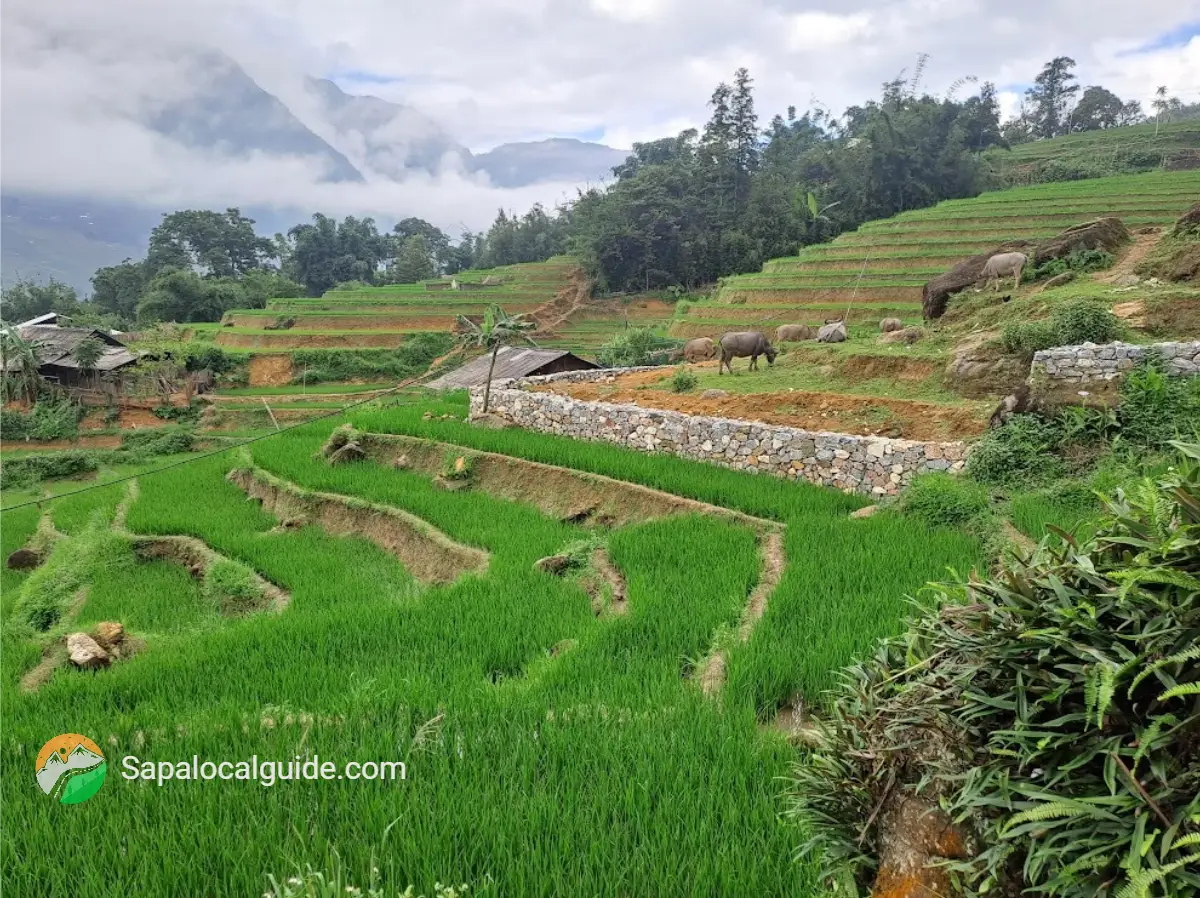
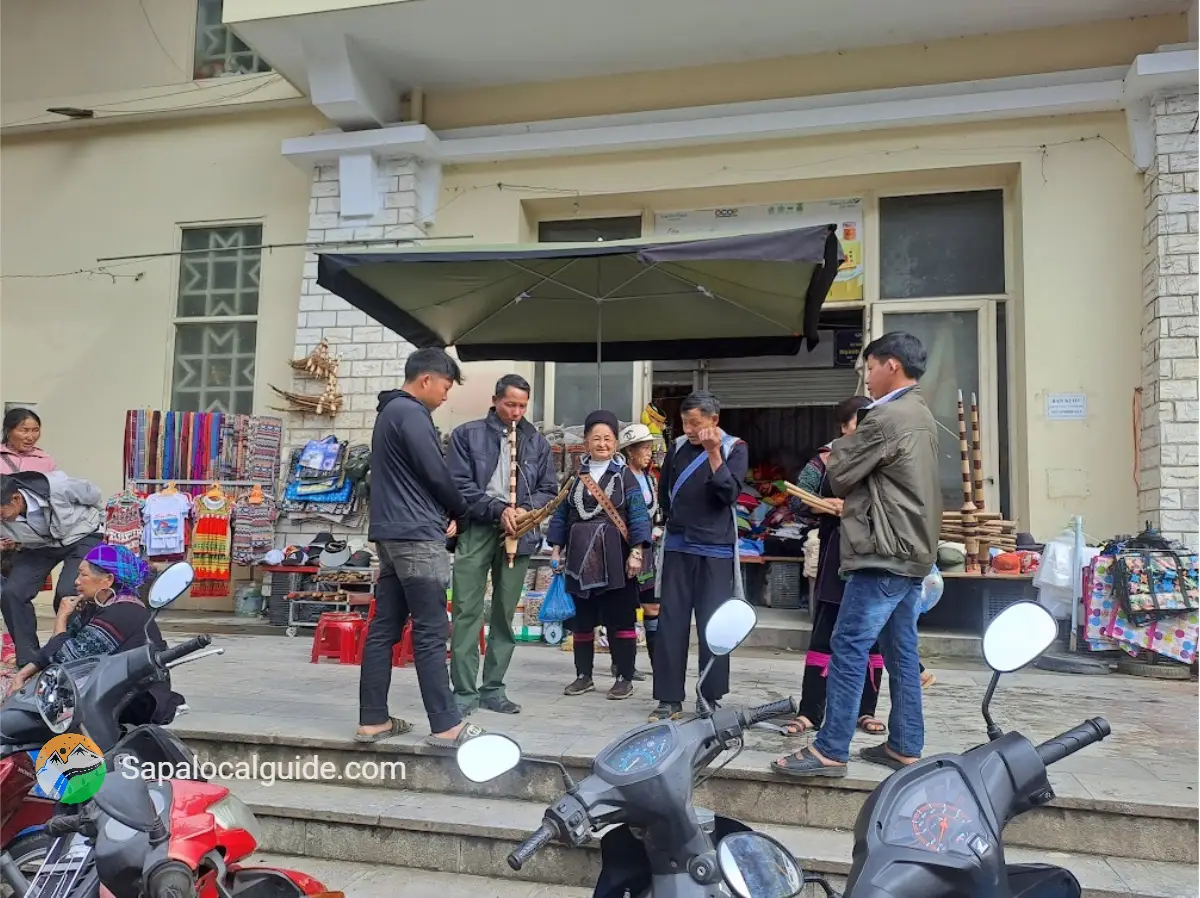
Enjoy views on stunning local village and Learn more about the local ethnic minorities
See more about Sapa Local Travel Guide and Best Thing To Do here
When you trek in Sapa, you'll walk up and down hills, so you need to be in good health and have good endurance. Usually, a trek is about 12-15 km per day, and you walk for around 5-6 hours. The climbing isn't hard, and the paths are not bad, though they're not paved. After heavy rain, some places can be a bit smoother. But really, anyone in good or reasonable health can do this. If you book a private trek in Sapa, you can tell your guide in advance what you can manage, and they will choose the best route for you. You can also choose to trek for one day or several days, depending on what you can handle.
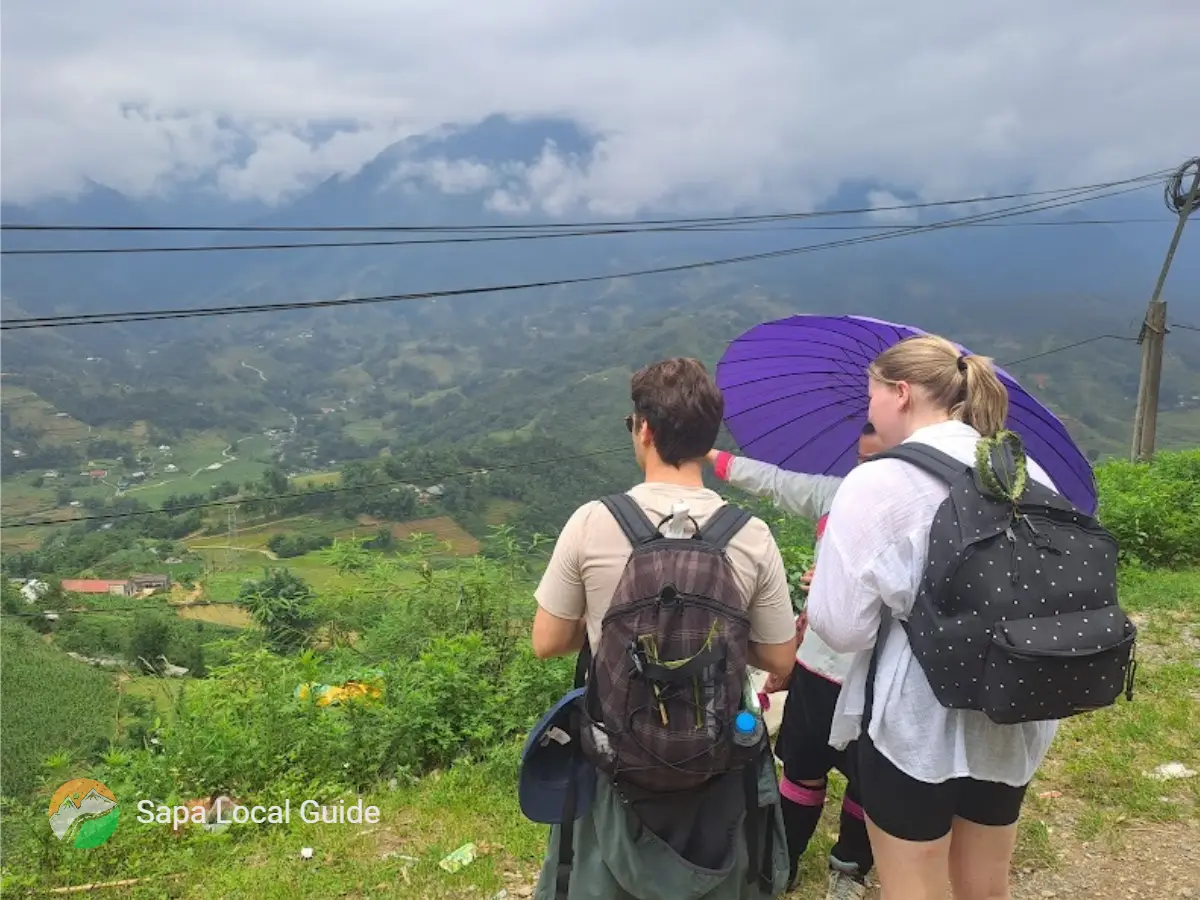
If you are planning to go trekking in Sapa, we definitely recommend getting a guide. The guides are usually locals who know everything about Sapa, including all the little paths, rice fields, and forests. A guide can take you to remote places that are not on a map and away from the busy tourist trails through rice fields and jungle. You will see more and it is more comfortable because the guide will take care of food and accommodation if you are on a multi-day trip.
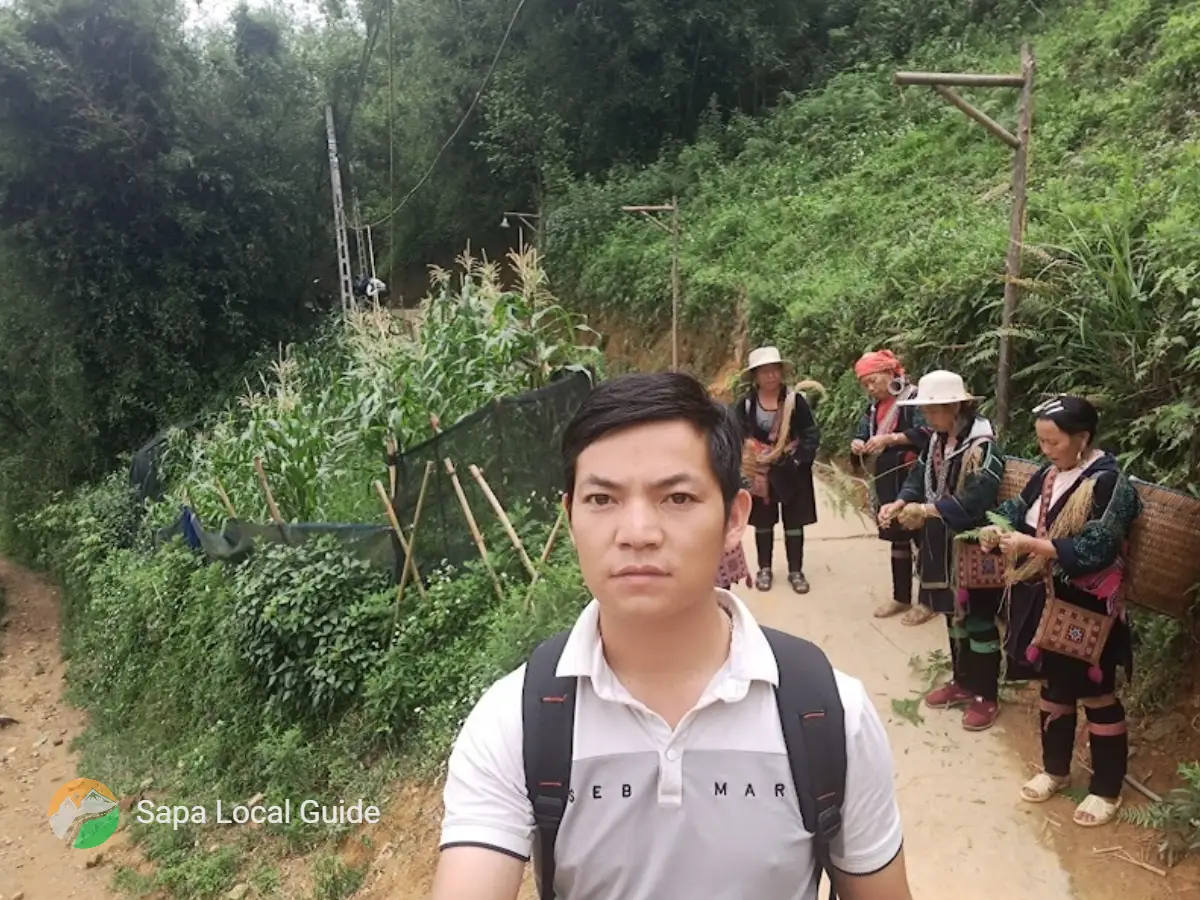
If you want a real adventure, you can go trekking by yourself. Before you leave, you must plan the routes you will take. The easiest way to do this is to go to villages where you can arrange a homestay for an overnight stay, such as Cat Cat Village, Y Linh Ho, or Ta Van. Make sure you bring enough food and water because there are no stores if you get lost. There are also options for small day trips without a guide.
Sapa 1 Day

1 day experience,Rice fields, valley, villages. Moderate to challenging, Private,Vegan-friendlyCultural immersion & active adventure
Motorbike Tour

1 day experience,Rice fields,waterfall.Challenging,Private tours friendly Cultural immersion, active adventure
Sapa 2 Days

2 days 1 night experience. Moderate to challenging, adventure. Mountains, valleys, rice fields and villages. Vegan-friendly
Sapa 3 Days

3 days 2 night experienc, Moderate to challenging. Mountains, valley, rice fields & villages. Private tours. Vegan-friendly
One Day Trekking or Multiple Day local Trekking
Local trekking tours in Sapa can last from one to three days. If you see a four-day tour, the first day is usually just traveling from Hanoi to Sapa, not actual trekking. Make sure to read the itinerary carefully.
If you choose a one-day trek in Sapa, you can still enjoy the beautiful rice fields and visit local minority villages. This is the best option if you are not very fit, don’t have much time, or prefer to stay in a comfortable hotel at the end of the day.
For the best experience, consider a two-day, one-night trek. Many people find the second day the most enjoyable because the scenery becomes more dramatic and there are fewer tourists. You will walk through beautiful rice fields, the jungle, and visit remote villages. At the end of the day, you will sleep in an authentic homestay, which makes the experience even better.
Three-day treks are for those who really enjoy walking, as the landscape does not change much. However, you will travel farther and see even fewer tourists.
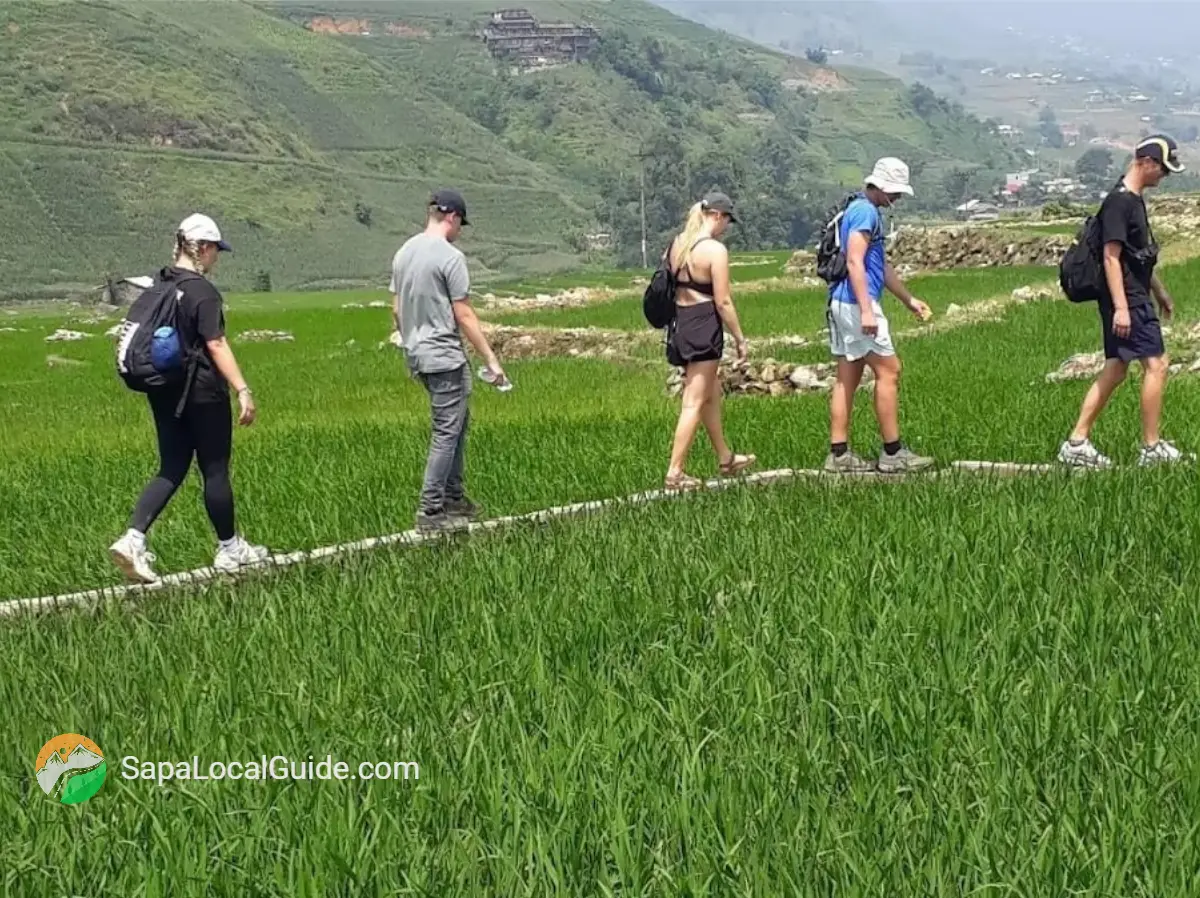
Private or Group local Trekking
The most popular trekking tours are done in groups and are often the best choice if you are on a budget. If you are with a group or want to go off the beaten track, you should choose a private tour. The guides and homestays are not very expensive, so this is the most recommended option.
Easy, Moderate, or Difficult Trekking
The Sapa local trekking tours in Vietnam are divided into three levels of difficulty:
The level of difficulty depends on how many kilometers you walk per day. The roads are generally the same everywhere, but some routes involve more uphill and downhill walking.
Fansipan local Trekking Tour
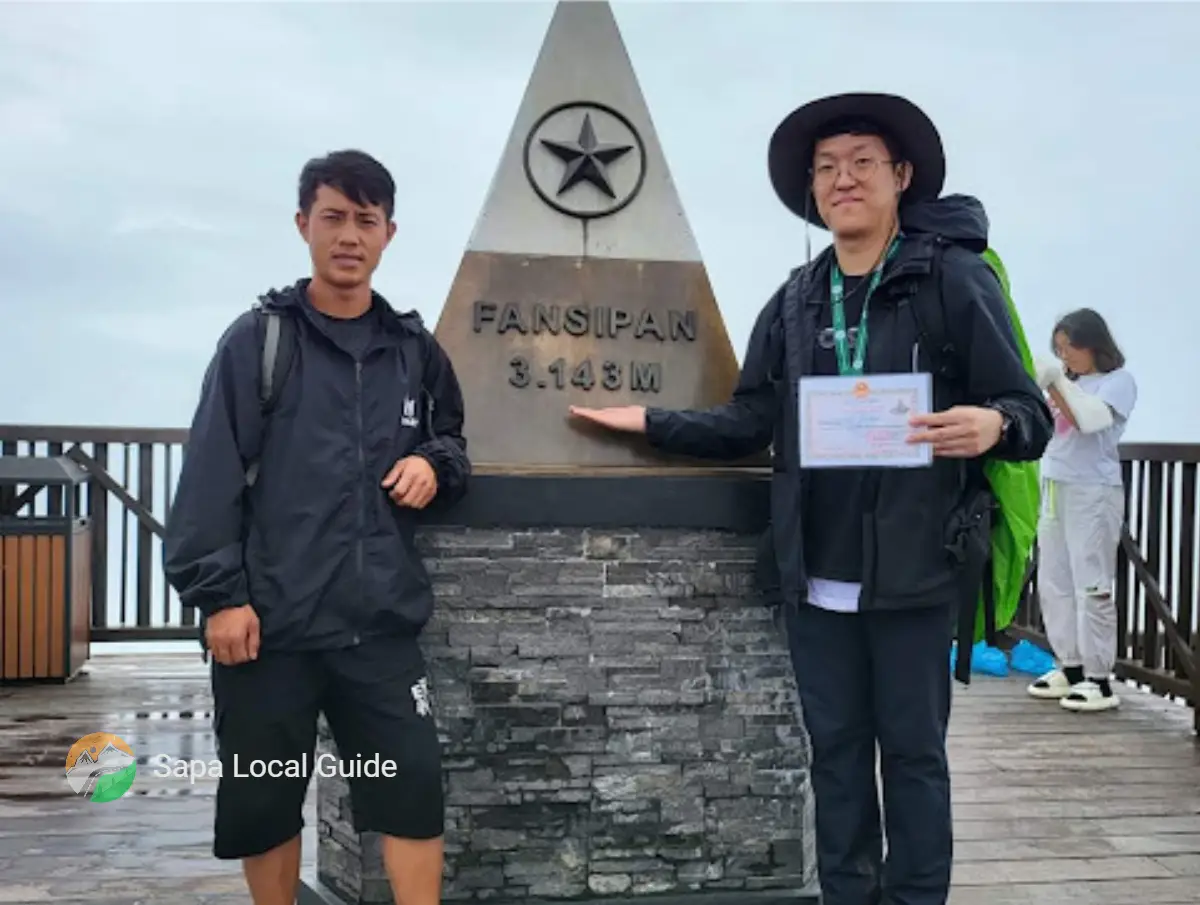
Another popular trek is the Fansipan trekking tour. Some people can do it in one day, but this is not recommended because you start very early, return late in the evening, and walk the whole time. A more comfortable and fun way is the two-day, one-night trek. You sleep on the mountain in a hut or tent. There are also three-day treks that take you on a different route. Officially, you cannot go without a guide. Some people do, but we do not recommend it because in the past, people have gotten lost or had accidents. Always bring a guide!
If you are in Sapa for the famous rice fields, it is better to do a regular trekking tour. If you still want to reach the top of Fansipan, you can take the cable car.
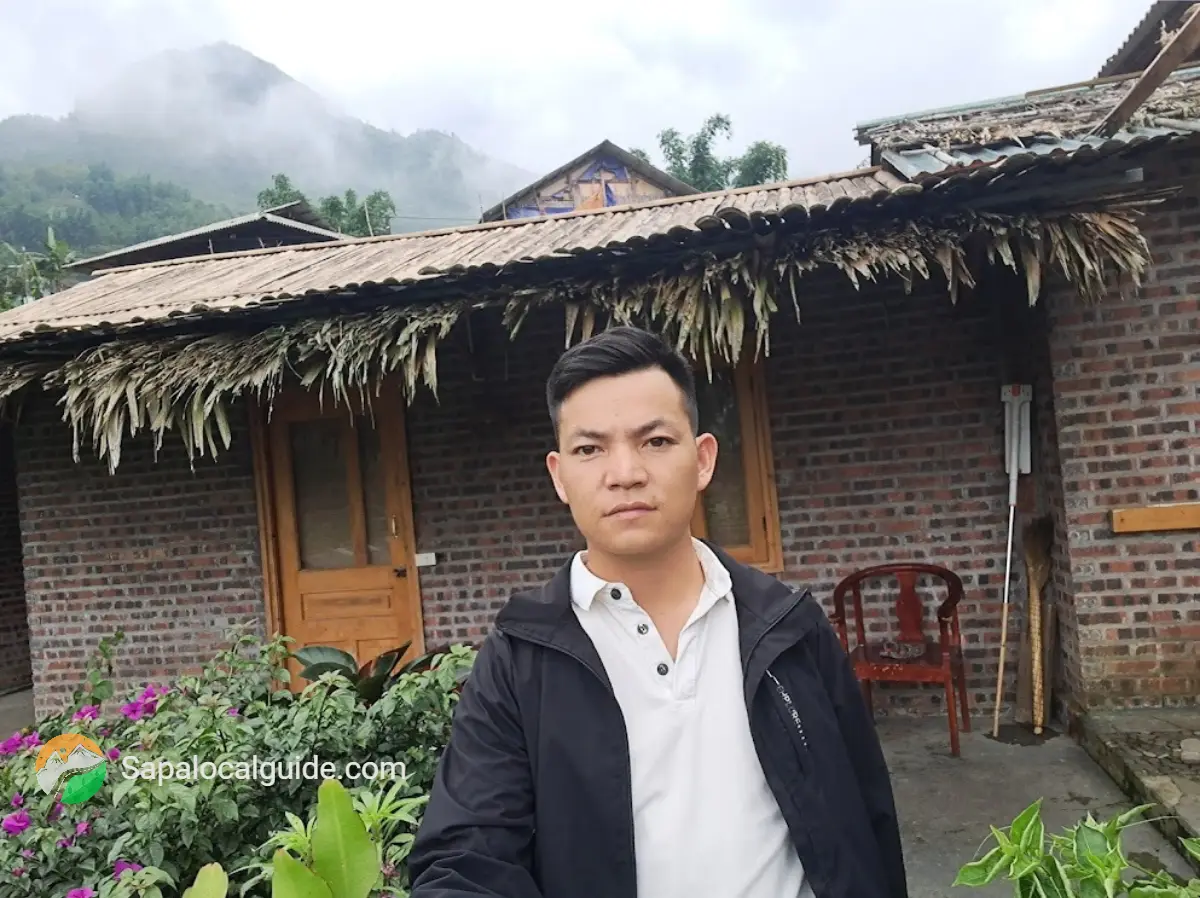
When you choose to go on a multiple-day trek in Sapa, you usually stay in a homestay. Doing a homestay trek in Sapa can be an amazing local experience, but it might not be for everyone. A homestay in Sapa means you spend the night in a local person's house, just like the name suggests. Official homestays have to be registered. This means the house must have a flushable toilet, a bed with a mosquito net, and must be clean and hygienic. However, don't expect a luxury room; it's a bit better than a basic cabin.
If you're traveling with a group, you're probably all sleeping in the same room. Dinner and breakfast are provided by your host's family. It's a great cultural experience that also helps the local people earn extra money, which can improve their lives. Additionally, a homestay trek in Sapa allows you to go further from town and explore more of the area with fewer tourists.
Read more about homestays in Vietnam here.
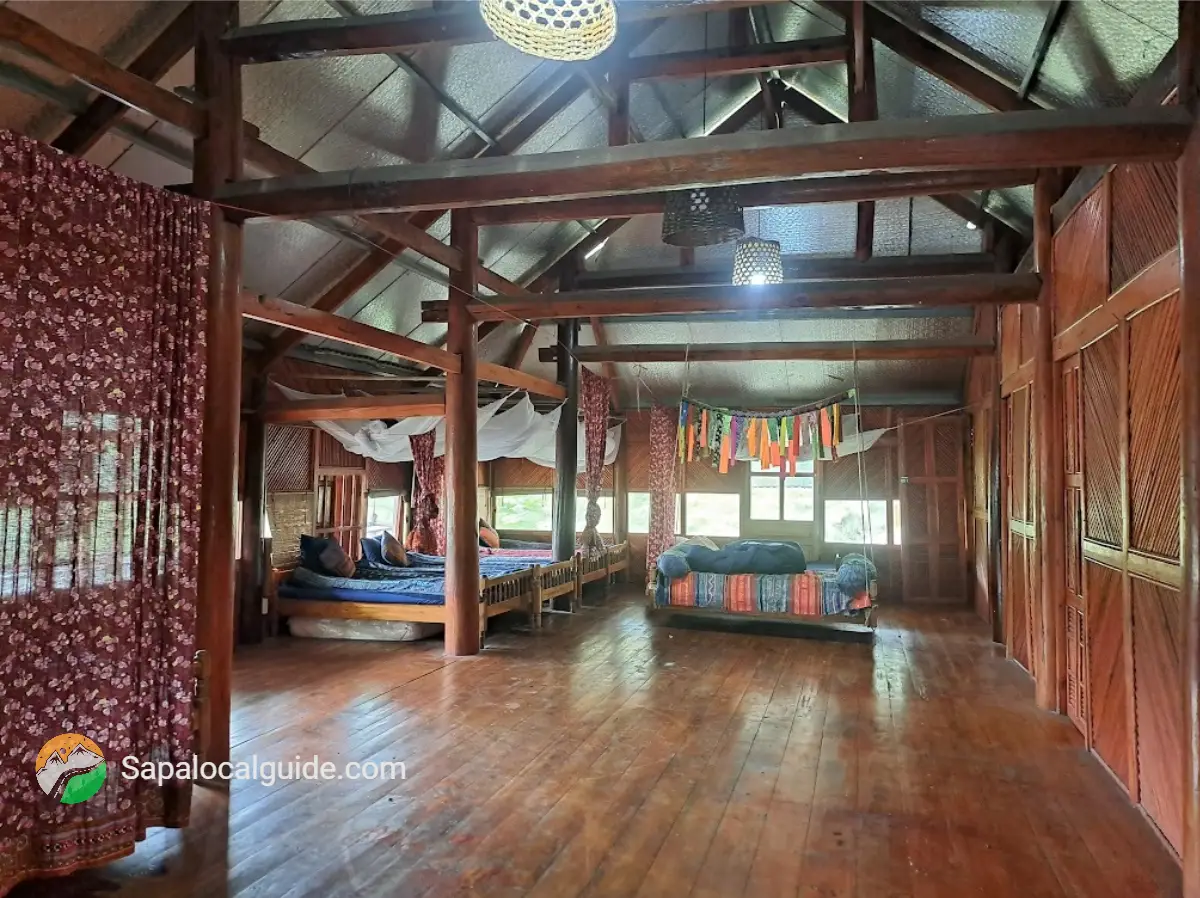
From December to June, Sapa experiences the dry season.
Between March and May is the prime time for a local trekking in Sapa. The weather is pleasant, perfect for strolling around and exploring the local villages.
June through August marks the rainy season, with September marking its end. This means that from September to late November, it's another great time to embark on a trek in Sapa.
December to February is winter in Sapa, bringing colder temperatures, possibly dropping to 0°C.
So, when is Sapa at its most stunning? Well, June and July boast lush green rice fields, creating a breathtaking landscape. However, it also rains a lot and can get uncomfortably hot, exceeding 30 degrees. In August, the landscape remains verdant with slightly less rain. September sees less rain and a change in the scenery as the rice fields turn yellow and harvesting begins, presenting a beautiful sight. The early part of September is likely the best time, offering the perfect blend of weather and scenery. Towards the end of the month, the rice fields might have already been harvested.
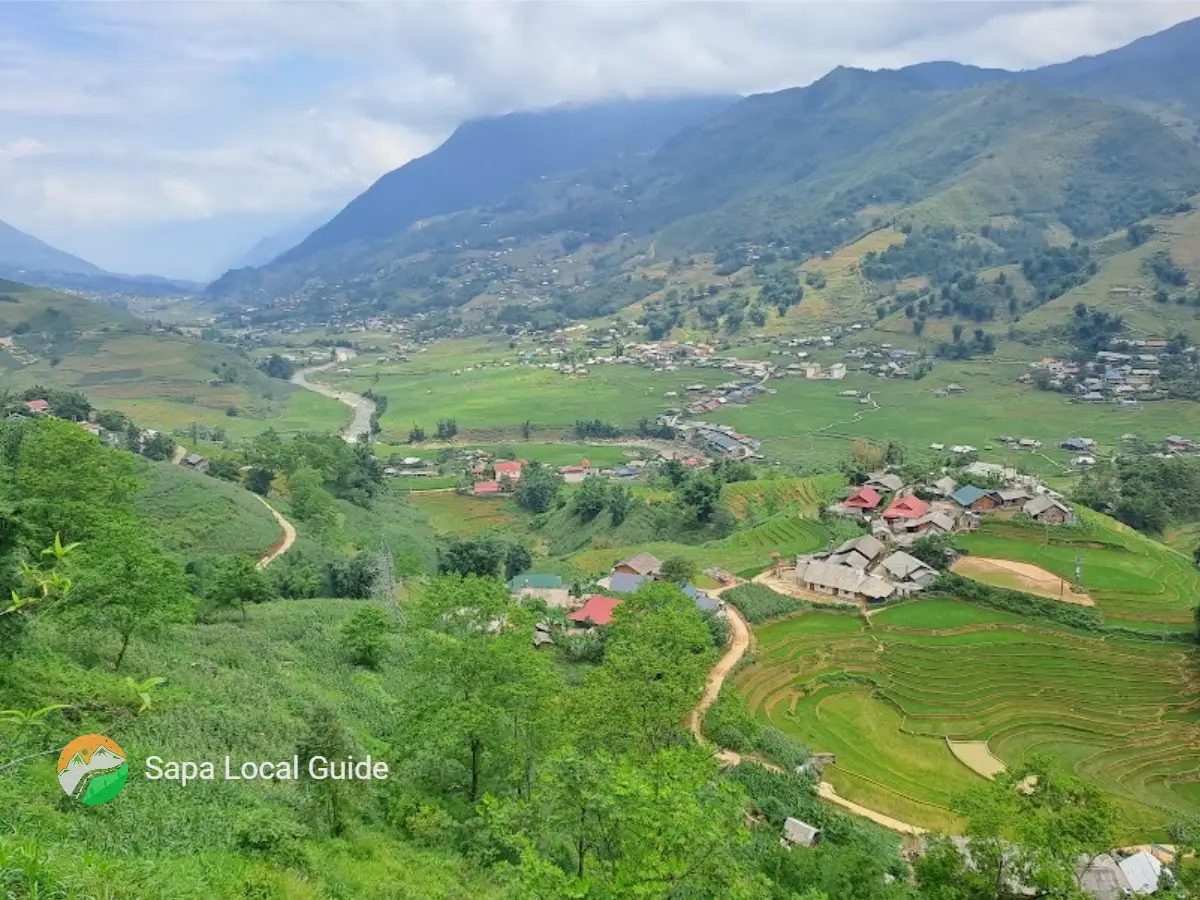
If you're all set for your local trekking adventure in Sapa, you've got a few choices. You could book it online (through sapalocalguide.com) to save yourself from worrying or spending time researching during your trip. They take care of everything for you, from getting to Sapa from Hanoi to an amazing local trekking experience. You can check out their Sapa tours, which even include trips to local markets of ethnic minorities, biking, or even climbing Fansipan.
Another option is to sort it out when you're in Hanoi. There are loads of travel agencies in the city center. Just make sure to look at the plan and reviews first, and also check the company's name. Some use the name of a famous company to seem better than they are, but they don't offer the same quality.
Your last option is to sort it when you're already in Sapa. Every hotel there can organize a trekking trip for you.
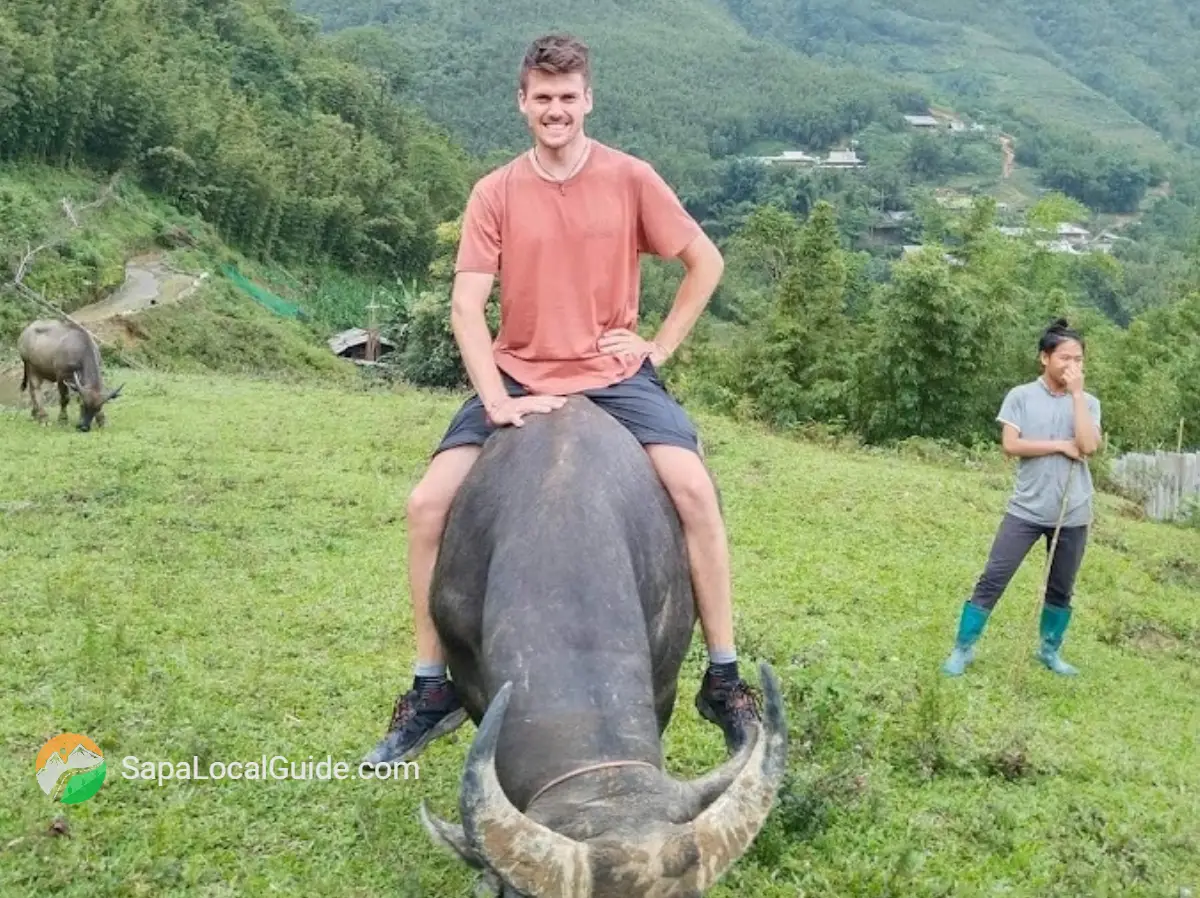
Before you head out for your trekking adventure in Sapa, make sure you're all set with the right gear. Here's what you'll need:
What clothes should you pack
The clothes you bring for trekking in Sapa depend on the season. Sapa has winter and summer periods, as well as rainy and dry seasons.
Winter: There's less rain during this time, but it's wise to bring a rain jacket to shield you from the cold wind. Don't pack too many heavy warm clothes; layering is better, as it's easier to adjust if you get too warm during your hike.
Summer: Expect hot weather and occasional showers. Bring a light rain jacket and extra clothes for when it gets hot. You might find streams to cool off in, so pack swimming gear and a quick-drying towel.
Don't overpack. Travel light to make your trek more comfortable.
When your take a local trekking in Sapa, keep these things in mind:
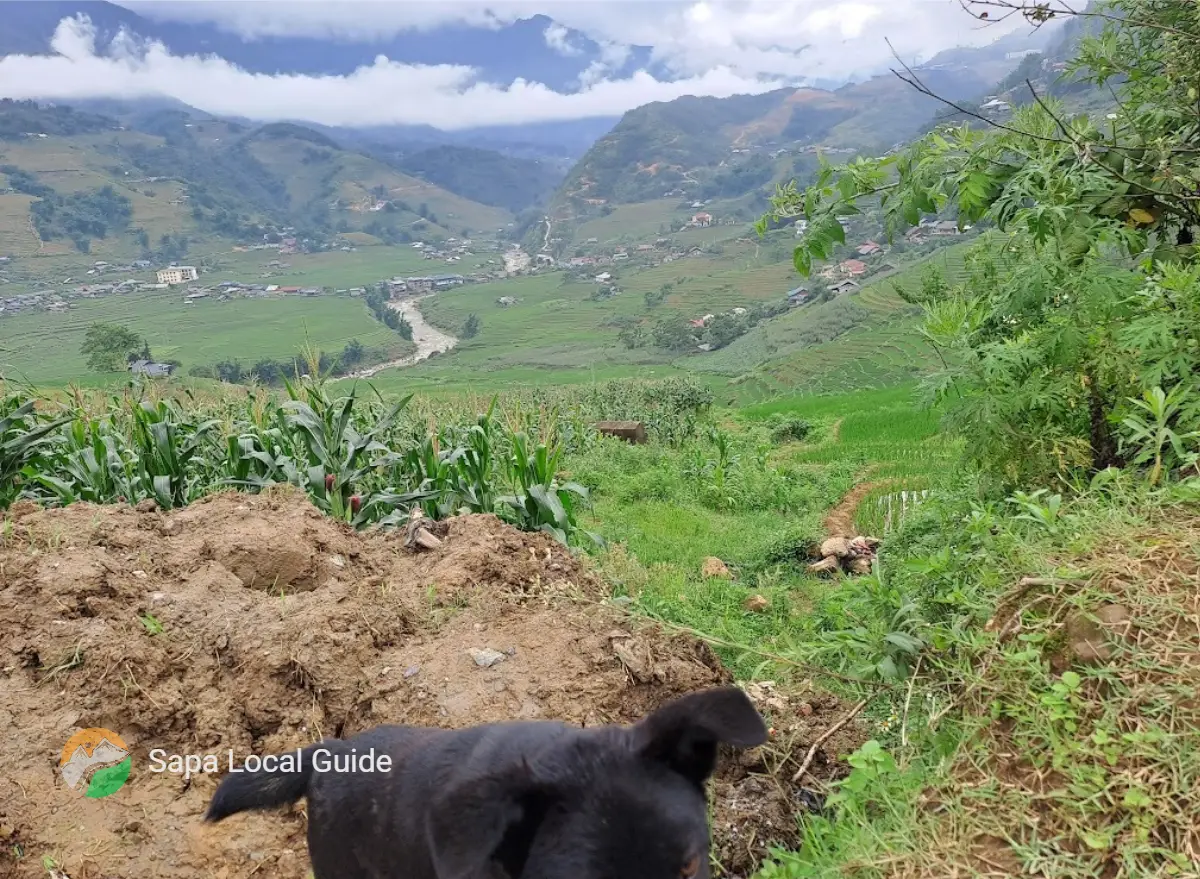
If you're heading to Sapa but not keen on hiking local tour, fear not! There are other exciting ways to soak in the stunning scenery. For the adventurous souls, renting a motorbike and cruising around is super cool. Check out the breathtaking viewpoints and mesmerizing waterfalls. Don't miss the chance to zip through smaller roads for a closer look at the rice fields.
For a more relaxed experience, hop into a private car with a driver and explore scenic routes. You can pause along the way for some picturesque photos and even drop by villages to immerse yourself in the ethnic minority culture. With a car, you can cover more ground, and why not throw in a visit to a local minority market around Sapa?
If biking is your thing, consider mountain biking along the rice fields. While you might have less time for photo ops compared to trekking, it's a ton of fun!
If your Sapa local adventure doesn't kick off from Hanoi, you'll need to find your way there. Here are a few options:
Bus – Book a night bus from Hanoi to Sapa, arriving in the wee hours of the morning.
Limousine buses – These comfy vans operate during the day, offering a smooth ride that takes about 5 hours from Hanoi to Sapa, getting you there around noon.
Train – While there are no trains directly to Sapa, you can catch one to Lao Cai, a station 30 minutes away. Choose from standard to luxury options, with cabins ranging from 4 to 6 beds or soft and hard seats. The journey takes about 6.5 hours, with most trains departing in the evening and arriving early morning. From Lao Cai, you can catch a bus, taxi, or arrange for a car to take you to Sapa.
Embark on a local trekking adventure in Sapa with the unique tours offered by Sapa local guide. Explore various local trekking options with homestays, visits to local minority markets, or combo tours combining Sapa with other destinations like Ha Giang or Halong Bay.
Sapa 1 Day

1 day experience,Rice fields, valley, villages. Moderate to challenging, Private,Vegan-friendlyCultural immersion & active adventure
Motorbike Tour

1 day experience,Rice fields,waterfall.Challenging,Private tours friendly Cultural immersion, active adventure
Sapa 2 Days

2 days 1 night experience. Moderate to challenging, adventure. Mountains, valleys, rice fields and villages. Vegan-friendly
Sapa 3 Days

3 days 2 night experienc, Moderate to challenging. Mountains, valley, rice fields & villages. Private tours. Vegan-friendly
Complete with itinerary, destinations, food, accommodation and tips!
